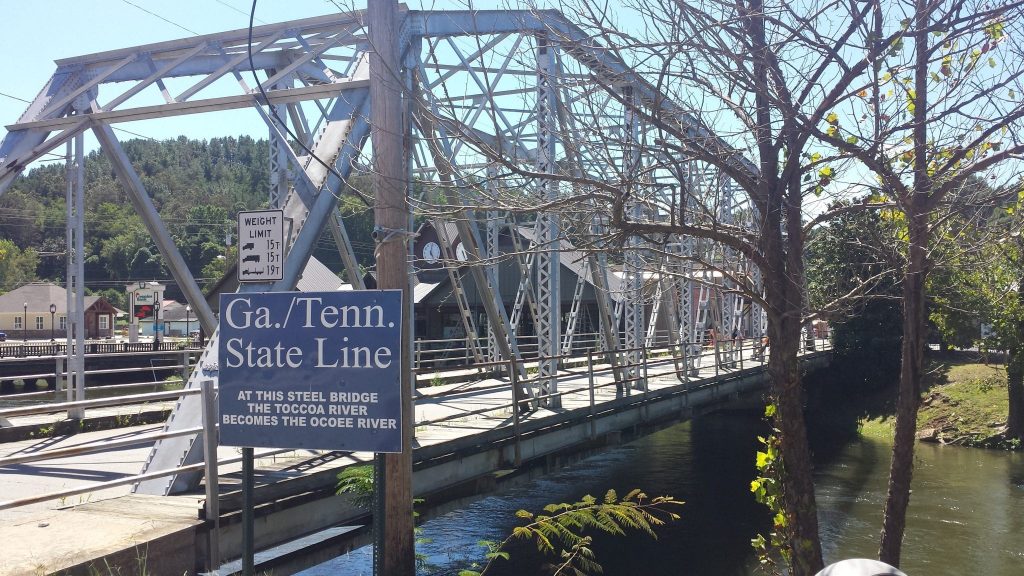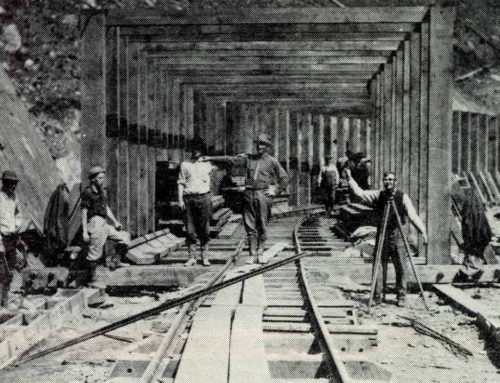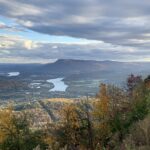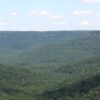
Whitewater Rafting on the Ocoee River: Fun Facts
The Ocoee River is Southeast Tennessee’s iconic whitewater river and provides recreational opportunities for paddlers of all skill levels. The river is dam-controlled at 3 levels creating 3 sections – the upper, middle and lower, each offering very different paddling options.
The Upper Ocoee provides 5 miles of challenging whitewater and should only be attempted by the most experienced paddlers or with a commercial rafting outfitter. The Middle Ocoee is the most popular section of the river, boasting 5 miles of nearly continuous Class III-IV whitewater. After the river spills into Parksville Lake, it calms down for tubing and relaxing paddles. Whitewater rafting on the Ocoee River is available March through October each year. Learn more at TimeToRaft.com.
Here are some fun facts about the Ocoee and how it came to become one of the nation’s best-loved rivers.
FACT # 1: The entire 93-mile long river actually has two names. It’s called the Toccoa River for 56 miles in Georgia. When it reaches the truss bridge at the state line in McCaysville, Ga., and Copperhill, Tenn., the river becomes the Ocoee River and remains so until it empties into the Hiwassee River and eventually the Tennessee River.

FACT # 2: The Ocoee powerhouses, dams and flume line are part of a hydroelectric power project that began in 1910. Constructed by Eastern Tennessee Power Company, this series of historic hydroelectric structures are tucked into the narrow Ocoee River Gorge, all within a stretch of only 12 miles. The first dam, Ocoee Dam No. 1, flooded the farming community of Parksville, so upon its completion it was called Parksville Lake.
FACT # 3: The Ocoee Flume is a unique structure, the only one of its kind in the nation. Constructed of tongue-and-groove California longleaf pine, it resembles a wooden trough snaking along the rock bluffs that line the Ocoee River. Its purpose is to capture the Ocoee River as it pauses at the Diversion Dam, and then force the waters through the narrow flume to the powerhouse to turn the turbines. In 1939 Tennessee Valley Authority (TVA) purchased the powerhouses, dams and flume line.

FACT # 4: In September 1976, a rock slide heavily damaged the flume line, allowing water to consistently flow down the river bed for the first time since the early 1900s. When this happened, people showed up with army surplus rafts to run the five miles of whitewater rapids. Rafting companies sprang up while TVA hurried to repair the flume to again divert water from the Ocoee. After much resistance and a Congressional Act, TVA agreed to schedule 116 days of recreational water releases per year on the Middle Ocoee River.
FACT # 5: The Upper Ocoee River runs parallel with a section of the historic Old Copper Road, a 47-mile road that was constructed in 1853 to connect the copper mines in Southeast Tennessee’s Copper Basin to the railroad terminus in Cleveland, Tenn. The 12 miles that winds through the Ocoee Gorge is known as the Ocoee National Forest Scenic Byway, the nation’s first National Forest Scenic Byway. A 5-mile restored section of the original roadbed can be found at the Ocoee Whitewater Center, near Ducktown, Tenn., where it is open to the public as a hiking and biking trail.
FACT # 6: The Ocoee River was the site of the 1996 Olympic Canoe and Kayak Competition, serving that year as the only Olympic venue outside the state of Georgia. The Olympic Village, housing the whitewater athletes, was located at Lee University in nearby Cleveland, Tenn.
FACT # 7: Hiwassee/Ocoee Scenic River State Park helps to manage the Ocoee and Hiwassee rivers. In addition to river responsibilities, the state park manages Gee Creek Campground and a number of trails. The state park visitor center is located in Delano, Tenn.
Visit TimeToRaft.com and Hiwassee/Ocoee State Park to plan your trip!








